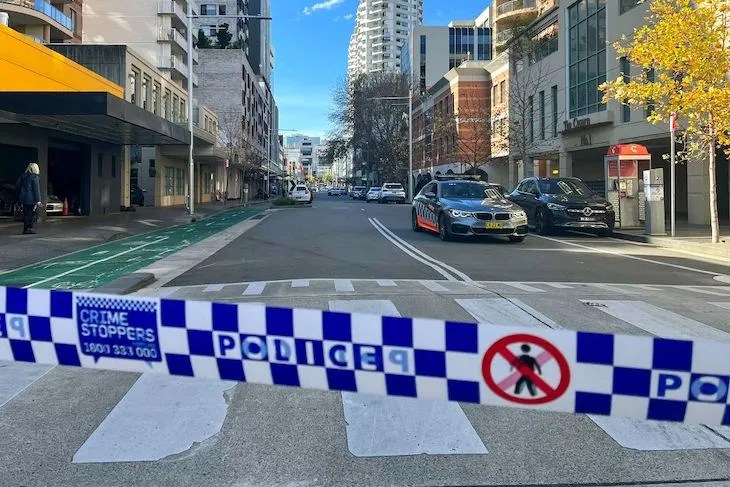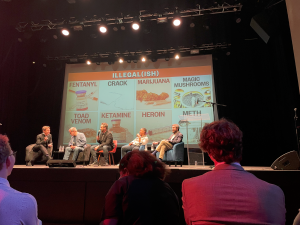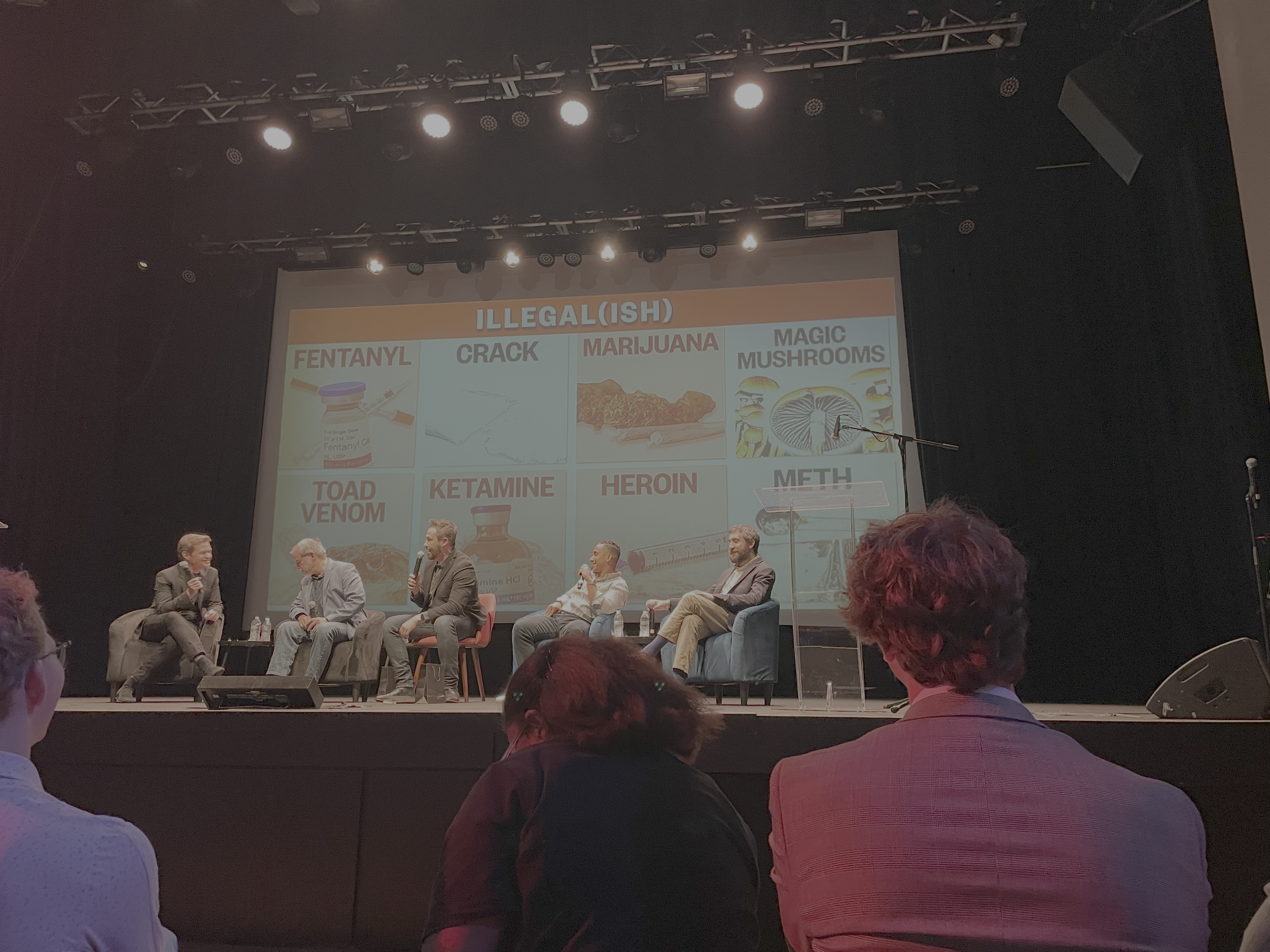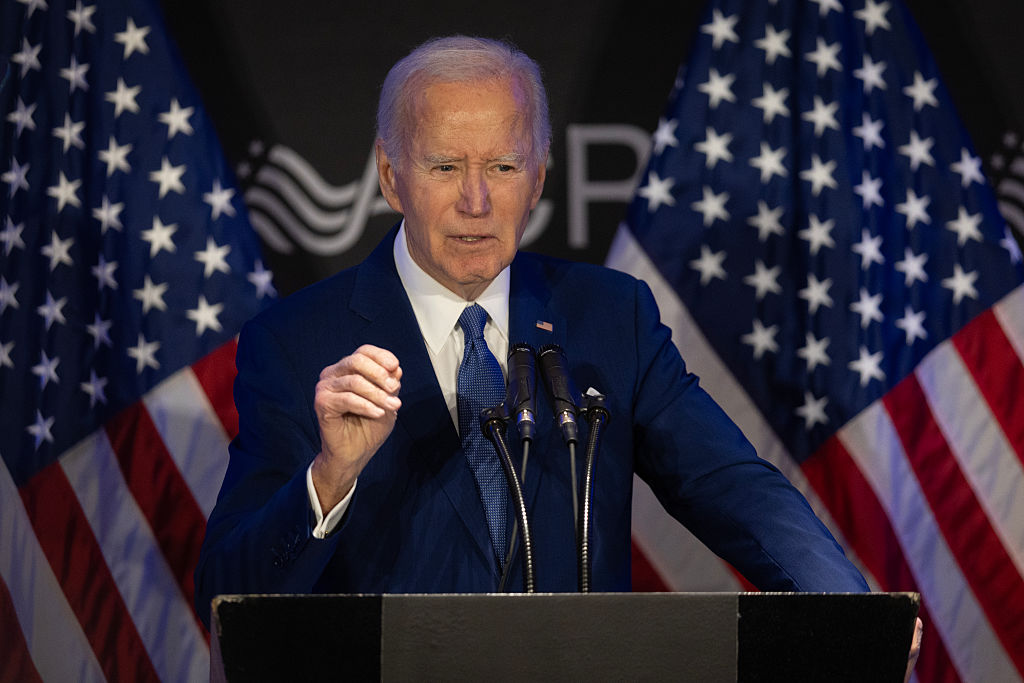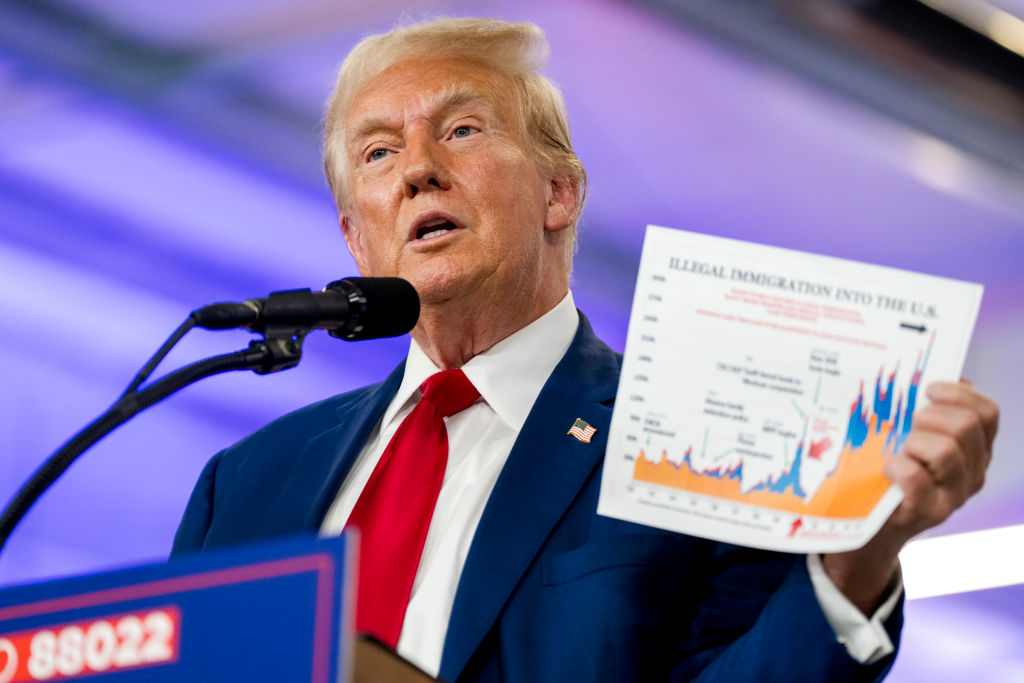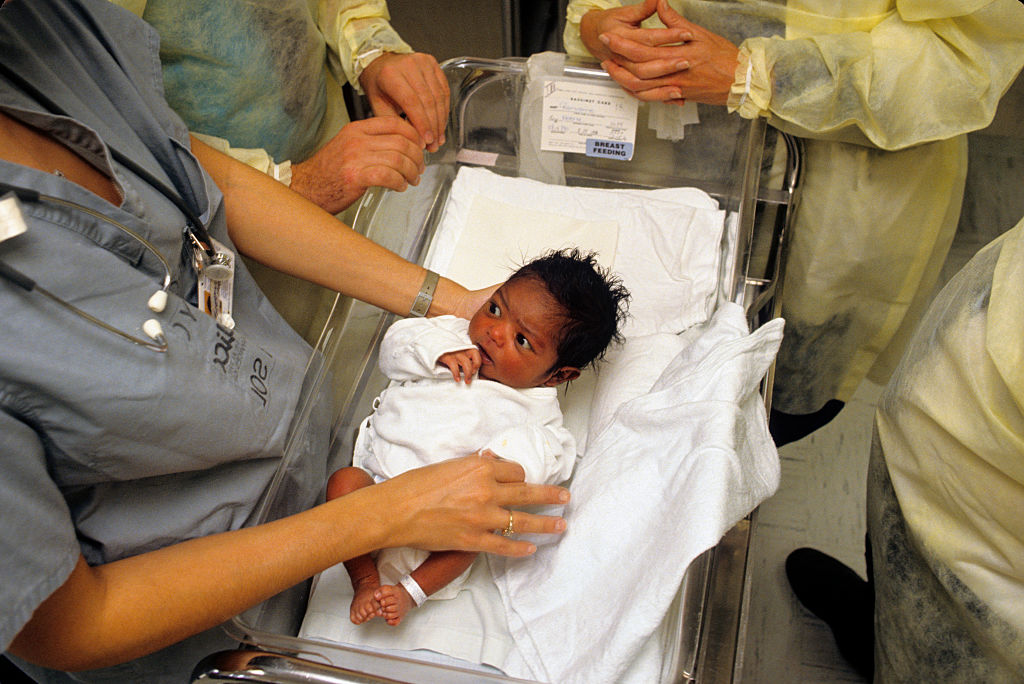The illicit moment of surreal euphoria from snorting a line of cocaine comes at a heavy price of misery and death for so many others — a dreadful toll that is plain to see on the streets of Sydney. The competition between criminal gangs for the city’s drug users has become deadly on a scale not seen in Australia for years. The latest victim, David Stemler, died in a hail of bullets in the early hours of Thursday. Stemler was the twenty-third person to lose his life in Sydney’s drug wars over the last two years.
Just why demand for cocaine has skyrocketed in Australia isn’t clear. It’s not as if this dangerously addictive recreational drug has just hit our shores. Cocaine has been on the streets for decades, and is a favorite recreational drug for middle-class Australians who dare flirt with it, whether or not they can afford to pay the steeply-rising prices demanded by dealers.
And what steep prices they are. Currently, street prices reportedly range between A$250 to A$400 ($165 to $264) a gram. Multiply those prices by twenty-eight and the price per ounce is astronomical. The Sydney Morning Herald reports that national cocaine consumption, based on wastewater analysis, is about 5.6 metric tons annually, or 5.6 million grams. Currently, that means an upper-end, tax-free, street value of A$2.25 billion ($1.48 billion). By contrast, the price of a gram of gold in Australia currently is $A94 ($62).
Australian demand exceeding supply is making the country’s cocaine market a mecca for traffickers and importers, and easy money for crime gangs and families. Police and Australian Border Force estimates place the value of cocaine Down Under at up to six times the comparable street prices in Europe and North America.
The lure of super profits on cocaine here is encouraging imports not just from primary sources such as Colombia, but cocaine re-exported from the streets of Western cities like London and New York. The “product” itself is reaching Australian shores in such quantities that the country’s world-class Border Force reckons that, despite its best efforts, it is intercepting only one quarter of the cocaine pipeline, if that.
Australian crime cartels appear to have banded together to import as much of the drug as they can lay their hands on. But cartels are cartels because they ruthlessly control their own markets. In the Australian underworld, crime lords are not economists, and normal economic — and legal — principles don’t apply. “Retail” competition is not only unwanted; it is unhealthy and has turned very deadly, as criminal groups turn on each other in vicious and violent turf wars.
July was a bumper month for bumping off in Sydney. Australia’s largest city has witnessed such a spate of shootings as organized crime gangs turned on each other, to the extent that the wider world could be forgiven for thinking that Sydney has a sister city relationship with Colombia’s Bogotá.
A “cocaine kingpin,” Alen Moradian, was shot dead in the garage of his home in Sydney’s affluent eastern suburbs at the end of June, his murder heralding unleashed violence spilling into Sydney’s suburban streets. In the weeks since, there have been a number of likely cocaine-related murders and attempted murders, including three shootings last week alone and a gunned-down lawyer fighting for his life.
Appallingly, one of those gun murders was last Thursday’s street hit on David Stemler. Worse, the bloodied body of the victim — a young, heavily-tattooed man facing court for drug possession — was left lying, partially uncovered, on the pavement while police attended, and reporters and bystanders gawked. Innocent children had to be protected from seeing the bloody carnage as they were shepherded past the crime scene on their way to school that morning.
Organized crime, biker and crime family violence has long been an ugly feature of Australian life’s underbelly since Ned Kelly’s time, so much so that the stories of notorious crime figures and families have been turned into films and several high-rating television series. But what we are witnessing in Sydney right now is unusual even by Kray-like standards.
Australian authorities and politicians are quick to denounce the shootings and killings as the consequences of a superheated illicit cocaine market. But other than the usual intensifying of police efforts to stop the underworld violence, and politician and media demands to invest still more billions in plugging the cocaine pipeline at the border, there are no solutions offered.
But what else can be done? While cocaine prices are so astronomical, existing traffickers and dealers will not only attempt to kill each other, but to destroy those attracted to tread on their patches by the lure of big and easy money.
Would decriminalizing cocaine end this tide of bloodshed? Some Aussies are convinced that this might be the best solution, the lesser of two evils. For most Australians, however, decriminalization is a politically and morally repugnant step too far, with wider consequences too frightening to contemplate.
That, presumably, includes comfortably-off Australians happy to be generally law-abiding, yet flirt with the underbelly of society in order to get their drug-taking thrills. As long as they can get what they want, legally or otherwise, they don’t seem to care about who else suffers for their pleasure. But as long as they don’t, the street killings will continue.
This article was originally published on The Spectator’s UK website.



